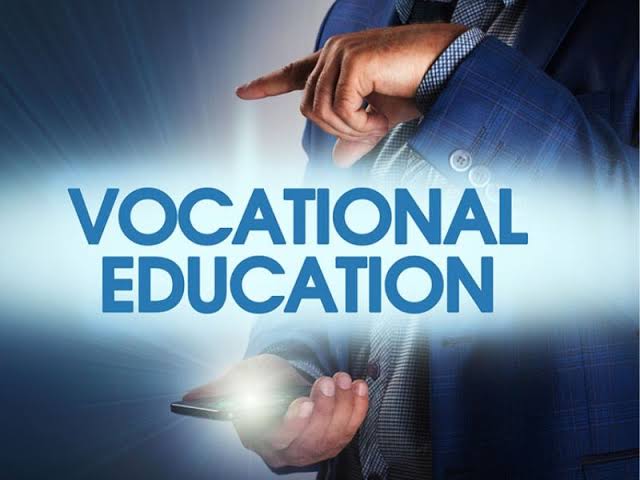Implementation of Vocational Education in India
Vocational education, also referred to as Vocational Education and Training (VET), Career and Technical Education (CTE), or simply vocational education, is a type of education that prepares students for careers that are typically non-academic and entirely related to a particular trade, occupation, or vocation, hence the term. Technical education is a term that is usually used to describe the process of giving a student hands-on experience with a particular set of techniques or technology.
Children in India start receiving vocational education in class nine. In 1988, the government started a strategy to vocationalize secondary education. The program offers occupational courses that are National Skill Qualification Framework (NSQF) suitable to students in grades 9 through 12.
There are 9,583 educational institutions that provide 150 two-year vocational programs. The elementary, secondary, and tertiary sectors of the economy are all broadly covered in the courses.
It may be obtained officially through trade schools, technical secondary schools, on-the-job training programs, or more casually by picking up the required skills on the job.
The National Education Policy (NEP) 2020 has given special consideration to vocational education and skill development. Mainstreaming vocational education and integrating it with general education have been described as the two most significant changes to the country’s educational system. In order to meet a number of NEP goals, the present Samagra Shiksha program has been revised and a number of new vocational education initiatives have been included. Some of them are as follows:
- The scope of vocational education has been expanded to include government-aided institutions in addition to public schools.
- With the adoption of the Hub and Spoke Model of practical education, students from nearby schools (spoke schools) are now able to access the facilities at the Hub schools for practical training.
- The topic of pre-vocational education is covered in upper primary school.
- Samagra Shiksha now includes internships, bag-free days, and other activities under its innovation section.
Confederation of Indian Industry (CII), Associated Chambers of Commerce and Industry of India (ASSOCHAM), Federation of Indian Chambers of Commerce and Industry (FICCI), as well as other industry representatives, are invited to take part in consultation meetings, seminars, conferences, summits, and workshops organized by the Ministries of Skill Development and Entrepreneurship (MoSDE) and Micro, Small, and Medium Enterprises (MSME).
AICTE has kept in continual contact with the Sector Skill Councils regarding skill development training in a number of rising professions and areas. AICTE has also held a number of webinars with SSCs, AICTE-approved institutions, and PAN India to highlight future work responsibilities and cutting-edge expanding sectors for employment.
Stakeholders are encouraged to comment on the Curriculum and Credit Framework for UG Programs as part of the consultation process by publishing the document on the UGC website. The UGC invited feedback on the curriculum framework from all IITs, NITs, IISERs, industry bodies like ASSOCHAM, FICCI, NASSCOM, CII, etc. in addition to comments and recommendations on the drafting document from all universities and colleges in the country. Before deciding on the final curriculum and credit structure for undergraduate degrees, their ideas were taken into account.

Under the Samagra Shiksha project, vocational courses are delivered or created in partnership with the industry-representing bodies and the Sector Skills Councils (SSCs). Employability skills must now be covered in the vocational courses. It includes entrepreneurial skills, self-management skills, information technology skills, green skills, and communication skills.
Key skills: vocational education fosters critical workplace competencies like collaboration, critical thinking and analytical skills, risk-taking and risk management, problem-solving, teamwork, and communication, it offers students a hands-on learning experience that is very beneficial in determining their careers. Additionally, it aids in pupils’ technical skill development.
Resources–
Author:Devyani Kunwar a student at NLC, Bharti Vidyapeeth Deemed University.


2 thoughts on “Implementation of Vocational Education in India”